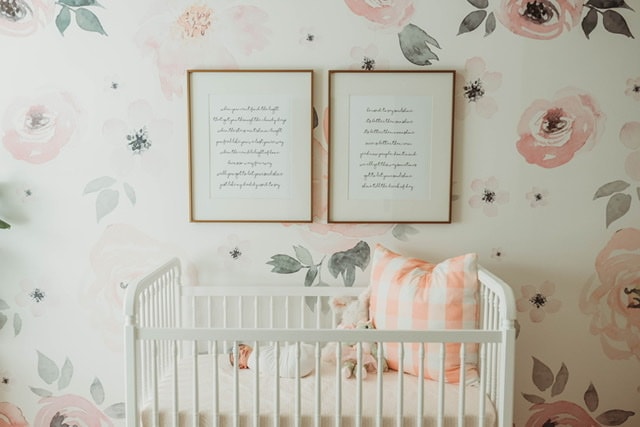You could be the most organized mom on the planet, but when it comes to your kids, you’re always going to feel like a little bit of an amateur. Research only gets you so far, but when it comes down to decision time, there are always going to be those nagging doubts and fears; especially when it comes to education.
You have so many decisions to make about your child from the moment they enter your arms. Where will they sleep? How will you feed them? What pediatrician should you pick? By the time your child reaches 2.5 years to 3 years old and they’re really communicating, you realize its time to start thinking about their learning environment.
You might feel like you are the only mom who doesn’t have preschool plans, whether in-home or an existing school. Let’s just get that out of your head: you’re not. Even if your child’s almost 3 or even 4, you are not the only one. Education is hard for so many reasons. Ultimately, you’re deciding the other major influence in your child’s life, aside from family and friends.
It’s a really big decision! You spend most of your pre-parenting years thinking, “If I start saving for college now, maybe we’ll be okay financially.” Only after your child enters your life do you realize that half your friends signed their children up for that amazing preschool the day they were born.
Oh the joys of waitlists!
Do not panic. There are more options than you could possibly imagine, and though it may not seem like it, there are plenty of amazing choices for your very special, very individual, little person for which you don’t have to be on a waitlist.
Regardless of the schooling path you choose, here are 4 questions to consider:
1. Which environment or curriculum will nurture, encourage, and empower my child to learn and grow at the most reasonable pace?
- Montessori Schools: All about nurturing independence in everything, this environment is best if you like to encourage your child to do more themselves at their own pace. If you already like to keep snacks and crafts and toys strategically placed in easy to reach places for your child and frequently give them tasks to help around the house, Montessori would be a very easy transition. Some other similar and great options for fostering independence are Goddard and Primrose schools where the lessons are very much tailored to each child.
- Religious (ie Church/Temple) Preschool: Generally a more traditional environment, preschools run by religious entities tend to follow a more structured curriculum. Craft time, snack time, play-time, and learning time will be more of a group activity. This environment is perfect if you’re a list-maker and planner and generally run a more scheduled household.
- Home School: With so many curriculums out there and online options, preschool is a great option for a variety of different learners. Homeschooling your child gives you the freedom to play around with different styles of schooling and get a better feeling for what your child needs.
2. Is there the right balance of learning and playing?
- Consider the energy level of your child and if they’ll be able to get that energy out or forced to store it up. There’s a little more sitting involved with a more traditional preschool structure than with Montessori or some of the other more independant based options.
- Think about how he/she learns best: demonstration or exploration? If your child likes to ask lots of questions and prefers for you to demonstrate how things work, they might do best in a more traditional learning environment.
3. Is there a belief system in place and does it line up with our family’s beliefs?
- A religious preschool will offer all the educational tools of any preschool and will help reenforce the traditions and beliefs you wish to teach your child.
- There are often varying theologies within the same religion and unless you sit down with the teacher and know their exact beliefs, there’s no way to know that your child won’t be taught something you don’t agree with.
4. What characteristics best describe your own family?
- Organized and punctual? Or “go with the flow” and fashionably late? Does the learning environment you’re considering line up with that and will that be a helpful or detrimental adjustment for your child? A Montessori education is much less structured and there’s less teacher direction, so if you have a sensitive child who needs a little extra encouragement or just a more structured, group-based environment the more traditional preschool would likely fit well.
- At a playdate, are you more likely to sit back and encourage your child to go off and play or do you stay close in case they need you? If you prefer to let your child learn and explore independently, a group-based environment might be too restrictive for you.
Whatever path you choose for your little one, just remember, you know them better than anyone. Always trust your instincts and don’t let fads or what’s popular make your decision for you. I’m sure that waitlist school is amazing, but it’s not the only one and, quite possibly, not even the best one for your family.
Like this post? Make sure you check out this post on 10 Tips for Starting Preschool or Kindergarten
Photo Credits: Joyful Heart Portraits









































